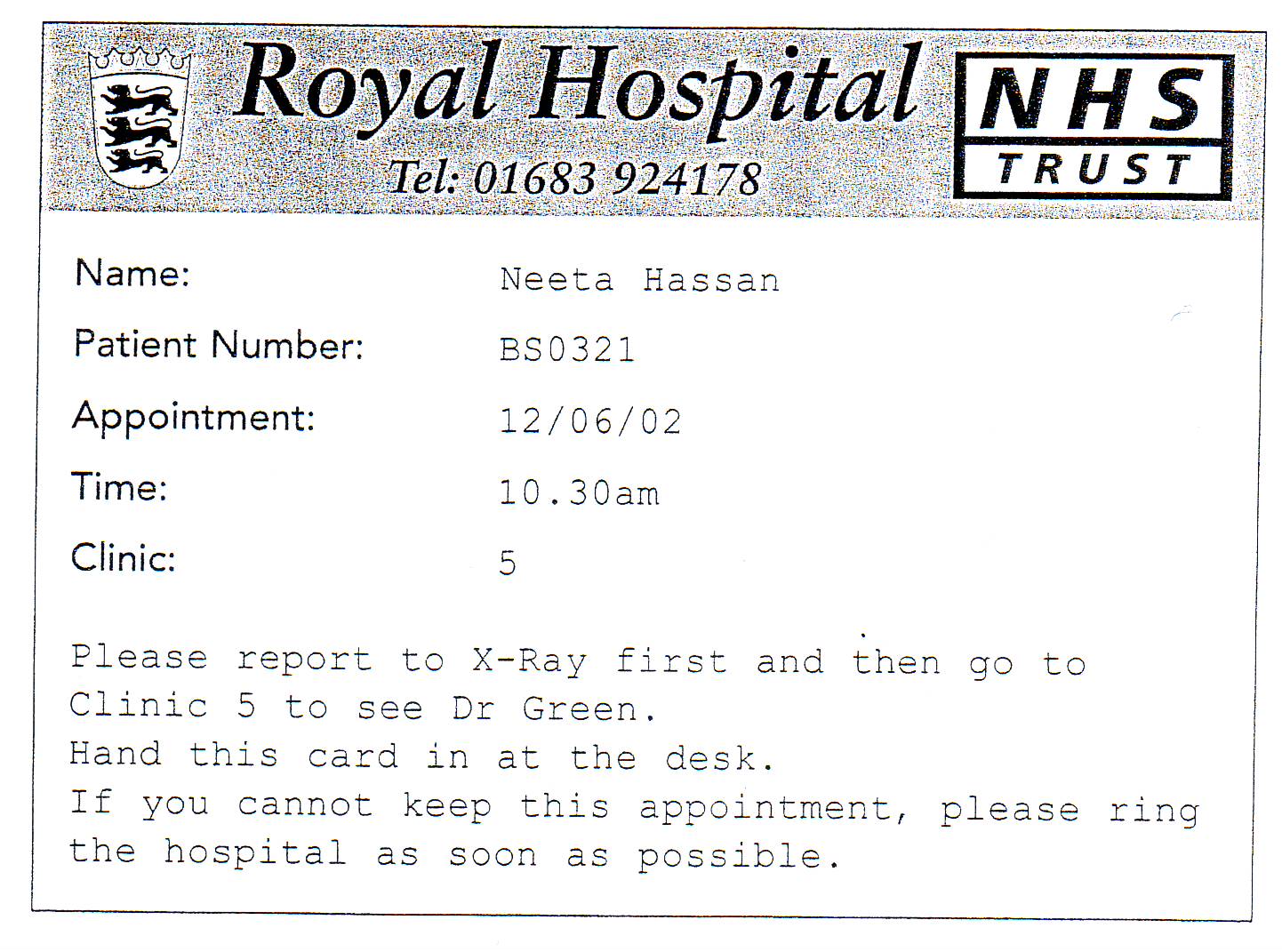How Much Do You Know About Literacy?
-
Reading is important for early literacy skills.
-
True
-
False
-
Literacy is a word that everyone knows the importance of. How much do you know about literacy? Do you know enough to take this quiz and pass it with a score equal to or above 70? If we put it in simple terms, literacy is known as the ability to read, write, speak as well as listen in a way that enables us to communicate effectively and make sense. A country's literacy rate explains a lot about that country. Let's see what you know.
.jpg)
Quiz Preview
- 2.
Which of these are considered essential for the development of early literacy skills?
-
Speaking
-
Listening
-
Running
-
Both A & B
Correct Answer
A. Both A & BExplanation
Both speaking and listening are considered essential for the development of early literacy skills. Speaking helps children learn to articulate their thoughts and ideas, while listening helps them understand and comprehend language. These skills are foundational for reading and writing, as they enable children to understand and communicate effectively. Running, on the other hand, is not directly related to the development of early literacy skills and does not contribute to language acquisition or comprehension.Rate this question:
-
- 3.
Writing is not considered essential for the development of early literacy skills.
-
True
-
False
Correct Answer
A. FalseExplanation
The statement that "Writing is not considered essential for the development of early literacy skills" is false. Writing is indeed considered essential for the development of early literacy skills. Through writing, children learn to recognize letters, understand how words are formed, and practice phonics and spelling. Writing also helps children develop their fine motor skills and hand-eye coordination. Additionally, writing allows children to express their thoughts and ideas, fostering creativity and critical thinking. Therefore, writing plays a crucial role in the development of early literacy skills.Rate this question:
-
- 4.
Since when has the reading gap for Black and Hispanic elementary students narrowed?
-
Since 2019
-
Since 2020
-
Since 2021
-
Since 2022
Correct Answer
A. Since 2019Explanation
The reading gap for Black and Hispanic elementary students has been narrowing since 2019. This suggests that there has been progress in improving reading outcomes for these students over the past few years. It is important to continue monitoring and addressing this gap to ensure equitable educational opportunities for all students.Rate this question:
-
- 5.
Compared to the USA, Uzbekistan has _________ as of 2018.
-
Very low literacy rate
-
A lower literacy rate
-
Equal literacy rate
-
A higher literacy rate
Correct Answer
A. A higher literacy rateExplanation
Uzbekistan has a higher literacy rate compared to the USA as of 2018. This means that a larger percentage of the population in Uzbekistan is literate, or able to read and write, compared to the USA.Rate this question:
-
- 6.
According to the data from the 2021-22 academic year, what percentage of kindergarten students are able to read at grade level or above?
-
32
-
47
-
54
-
65
Correct Answer
A. 47Explanation
Based on the given data from the 2021-22 academic year, the correct answer is 47. This implies that 47% of kindergarten students are able to read at grade level or above.Rate this question:
-
- 7.
Counting and identifying shapes is not a major part of early literacy skills.
-
True
-
False
Correct Answer
A. TrueExplanation
Counting and identifying shapes is not considered a major aspect of early literacy skills. Early literacy skills primarily focus on developing language skills, phonemic awareness, letter recognition, and comprehension. While counting and identifying shapes are important cognitive skills, they are not directly related to literacy development. Therefore, the statement that counting and identifying shapes is not a major part of early literacy skills is true.Rate this question:
-
- 8.
More than 2 in 3 children starting school in the pandemic require ‘intensive’ reading assistance.
-
True
-
False
Correct Answer
A. FalseExplanation
The statement "More than 2 in 3 children starting school in the pandemic require 'intensive' reading assistance" is false. The correct answer is False because the statement implies that the majority of children starting school during the pandemic need intensive reading assistance, which is not supported by any evidence or data provided. Without any specific information or statistics, it is not possible to conclude that this statement is true.Rate this question:
-
- 9.
________ have passed laws, or you can say, implemented new policies in regard to evidence-based reading instruction.
-
12 states
-
27 states
-
30 states
-
31 states
Correct Answer
A. 30 statesExplanation
The correct answer is 30 states. This means that 30 states have passed laws or implemented new policies in regard to evidence-based reading instruction. This suggests that a significant number of states recognize the importance of using evidence-based methods for teaching reading and have taken action to ensure that these methods are implemented in their education systems.Rate this question:
-
- 10.
Despite the practice being disproven, approximately _____ percent of teachers are known to still use cueing in teachings.
-
61
-
67
-
72
-
77
Correct Answer
A. 61Explanation
Approximately 61 percent of teachers are known to still use cueing in teachings, despite the practice being disproven. This suggests that a significant number of teachers continue to rely on this method, possibly due to habit, lack of awareness of alternative strategies, or resistance to change. The persistence of cueing despite its disproven effectiveness highlights the challenges of implementing evidence-based practices in education.Rate this question:
-
Quiz Review Timeline (Updated): Nov 16, 2023 +
Our quizzes are rigorously reviewed, monitored and continuously updated by our expert board to maintain accuracy, relevance, and timeliness.
-
Current Version
-
Nov 16, 2023Quiz Edited by
ProProfs Editorial Team -
Nov 01, 2022Quiz Created by
Keith Foster
M4 - Reading And Writing Quiz
I. Reading.
Enter this link to have access to the readings (3 readings in total). Read them carefully and answer the...
Questions:
17 |
Attempts:
105 |
Last updated:
Aug 31, 2023
|
WLCSC Initial Assessment In LITERACY
This online test is designed to assess a candidate's basic literacy skills.
Questions:
67 |
Attempts:
329 |
Last updated:
Mar 20, 2023
|
M4 - Reading And Writing Quiz
I. Reading.
Enter this link to have access to the readings (3 readings in total). Read them carefully and answer the...
Questions:
17 |
Attempts:
105 |
Last updated:
Aug 31, 2023
|
Trivia Questions On Computer Literacy And Internet Knowledge!
Below is a Trivia Questions Quiz on Computer Literacy And Internet Knowledge! If you want to make it in any field today, you are required to have some computer knowledge, as this...
Questions:
25 |
Attempts:
1848 |
Last updated:
Mar 22, 2023
|
Ontario Secondary School Literacy Test Preparation Materials Sample Quiz 4
This practice quiz is designed to help you prepare for the Ontario Secondary School Literacy Test which will take place in April, 2013. The multiple choice questions focus on...
Questions:
9 |
Attempts:
765 |
Last updated:
Mar 21, 2023
|
Ontario Secondary School Literacy Test Preparation Materials Sample Quiz 2
This practice quiz is designed to help you prepare for the Ontario Secondary School Literacy Test which will take place in April, 2013. The multiple choice questions focus...
Questions:
6 |
Attempts:
1321 |
Last updated:
Mar 21, 2023
|
 Back to top
Back to top







